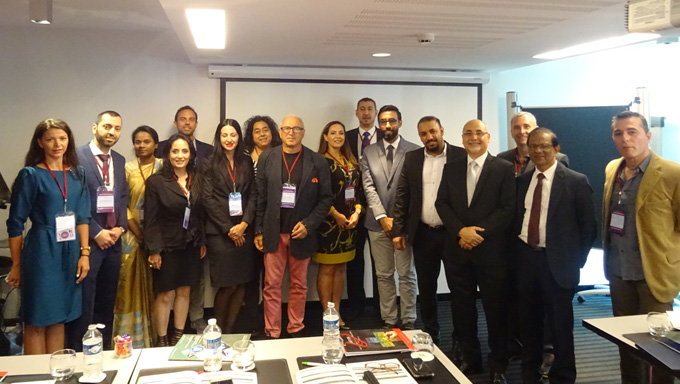
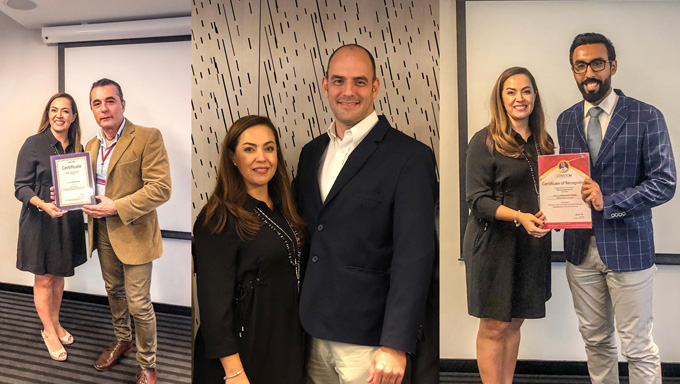

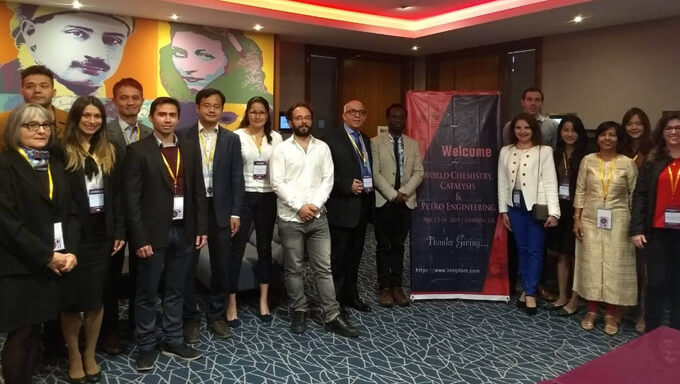
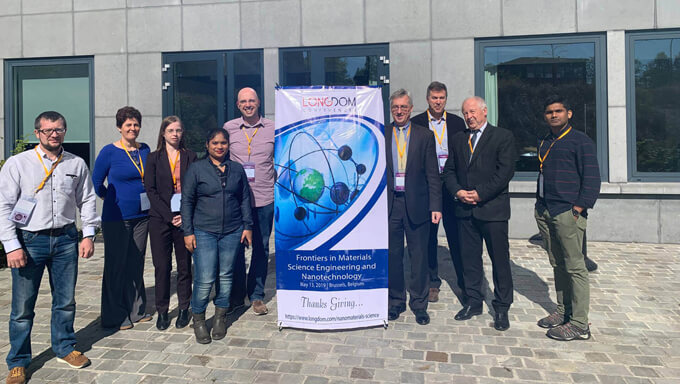
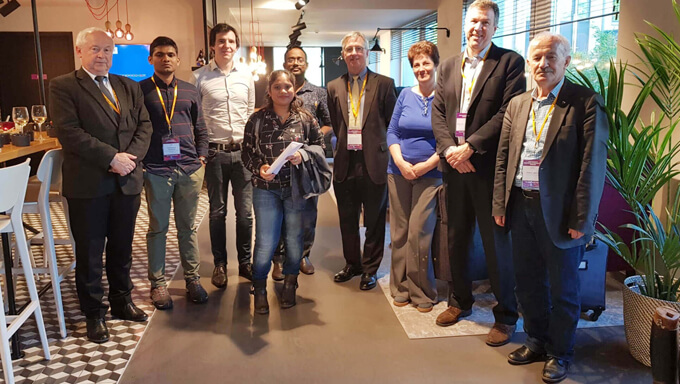
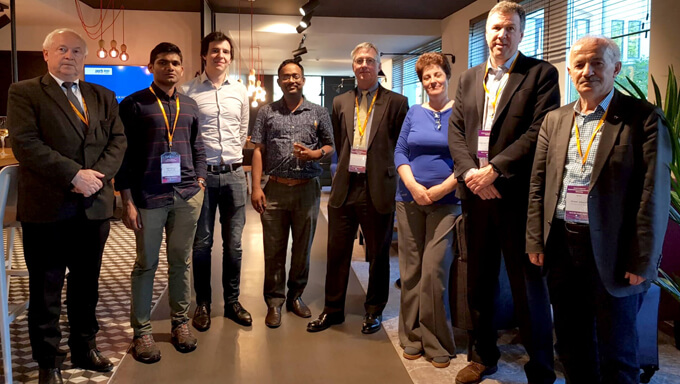
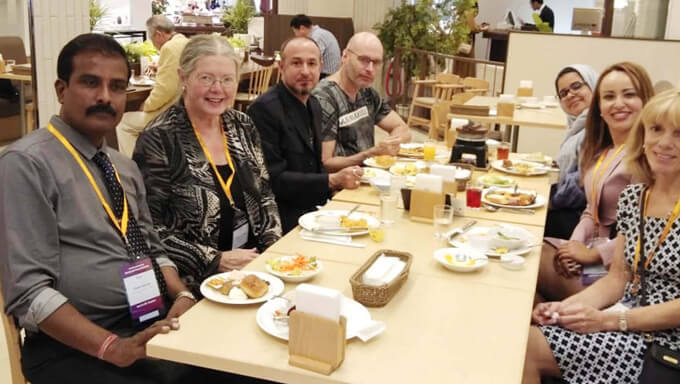
The human foot consists of 26 bones. These bones fall into three groups: the tarsal bones, metatarsal bones, and phalanges.The tarsal bones are a group of seven bones that make up the rear section of the foot.The metatarsal bones are a group of five tubular bones in the middle of the foot. They connect to the tarsal bones and the phalanges.The phalanges are the bones in the toes. The second to fifth toes each contain three phalanges.
Arthritis can affect many different bones within the feet, but most commonly causes problems with the joints at the base of the big toe.This type of arthritis is known as big toe arthritis. Doctors may refer to it as hallux limitus or hallux rigidus.Big toe arthritis occurs when cartilage in the joint of the big toe begins to wear away. This can happen as a result of many years of repetitive upward movement of the joint.
Bunions develop when the bone at the base of the toe — the first metatarsal — begins to separate from the bone at the base of the second toe — the second metatarsal.As the first metatarsal drifts outwards, it causes the big toe to drift toward the other toes. These processes cause the bunion to become more prominent.
Gout is a type of inflammatory arthritis. Although it can affect almost any joint in the body, it most commonly affects the joint at the base of the big toe.Gout usually occurs due to a high concentration of uric acid in the blood.Uric acid is a chemical that usually dissolves in the blood and leaves the body through the urine. In people with gout, excess uric acid begins to accumulate and form crystals in the joints.
A hammer toe is a condition that usually affects toes other than the big toe. Instead of pointing straight out in front, these toes point downward, forming a claw shape.In most cases, the condition develops with age. It is usually the result of a muscle imbalance when the long muscles of the lower leg overpower the smaller muscles of the foot. This imbalance causes the toes to bend inward.
Heel spurs are bony growths that develop on the heel bone, or calcaneus. Although they may cause some discomfort, they are rarely painful.However, heel spurs often develop as a result of a condition called plantar fasciitis, which can cause pain.Plantar fasciitis refers to inflammation and thickening of the plantar fascia, which is the ligament that supports the arch of the foot.
Sesamoiditis is inflammation of one or both sesamoid bones at the base of the big toe. The condition can cause significant pain in this area.Excessive and repetitive weight on the big toe is the primary cause of sesamoiditis. Factors that increase the risk of sesamoiditis include a sudden increase in activity levels or a change in footwear.
We let our ground-breaking work and our amazing clients speak for us…… LONGDOM conferences